You are here: / Home
Investigation according to DIN EN ISO 14903

These tests according to DIN EN ISO 14903 are possible at ILK Dresden
§7.4 Tightness Test
§7.6 Pressure- Temperature- Vibration Test
§7.7 Simulation Operating
§7.8 Freezing Test
§7.9 Pressure Test
§7.10 Vacuum Test
§7.11 Compatibility Test
§7.12 Fatigue Test
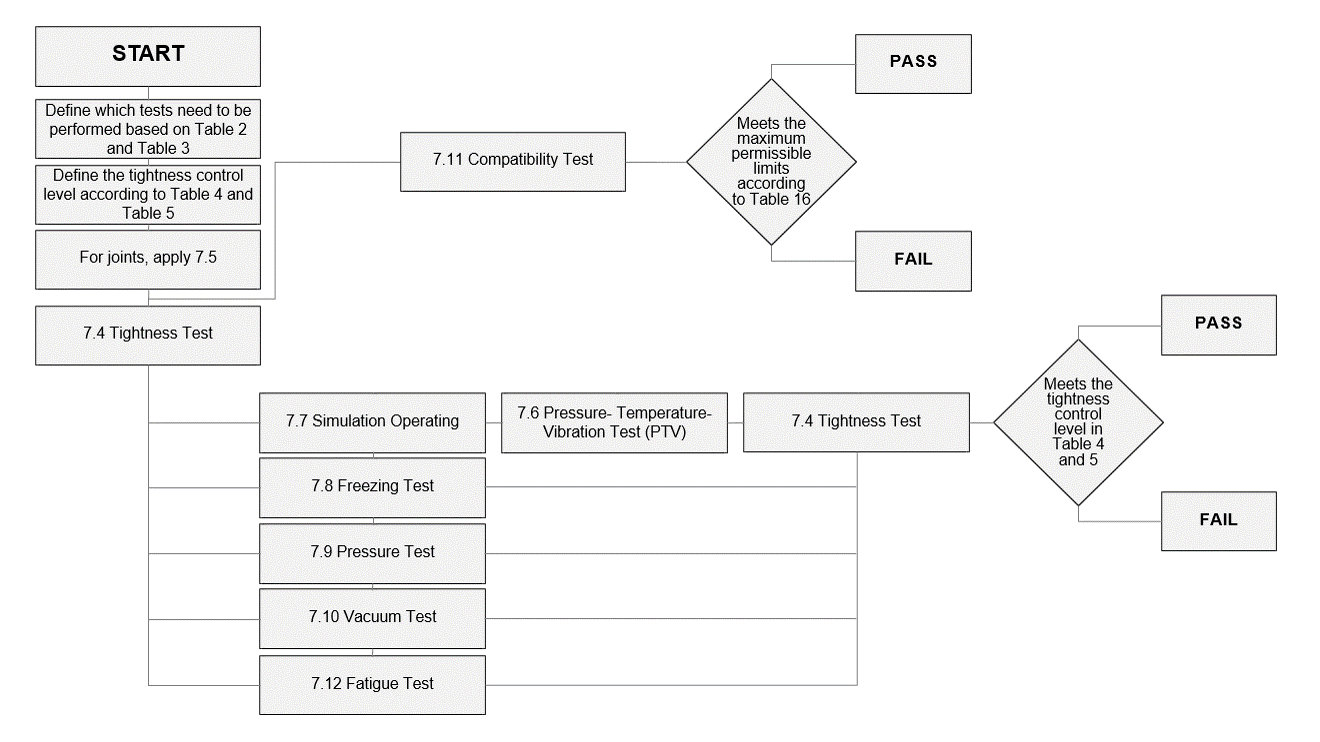
§7.4 Tightness Test
- Tightness control according to classification in DIN EN ISO 14903 at room temperature
- In each case per connection or component (test sample) before and after the respective modules
-
Permissible leakage rate (helium) depending on the selected tightness control level E.g. A1 with Q ≤ 7,5E-7 Pa m³/s = 7,5E-6 mbar l/s @ 10 bar rel., 20 °C
-
Testing with helium gas detector in vacuum method or substitute method
-
Procedure section 10 according to DIN EN 13185, Detection limit 5,0E-13 Pa m³/s helium
-
Test gas helium
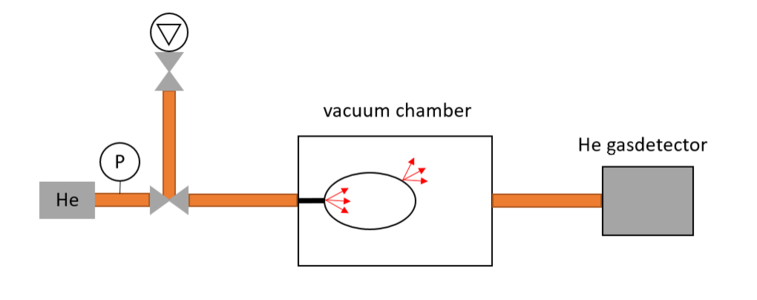
§7.6 PTV Test and if necessary §7.7 Simulation Operating
- Tmin: -40 °C (specified by the customer)
- Tmax: +140 °C (specified by the customer)
- Test pressure PSmax: 100 bar rel. (specified by the customer)
- 50 Temperature changes
- 200 Pressure pulses
- Subsequent vibration test < 200 Hz, 1 Axis, 2 Mio vibrations, const. amplitude
- Simulation Operating, E.g. 25x open and close the connection
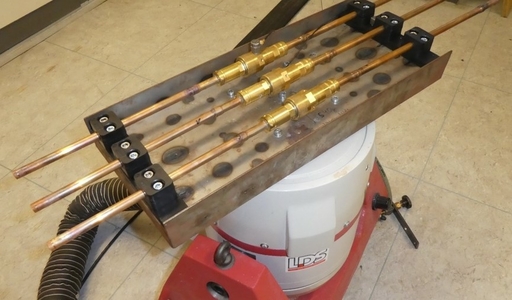
§7.8 Freezing Test
-
Freezing test in a vacuum test chamber. The test specimen is exposed in a vacuum chamber filled with water at 500 mbar abs (+ 0, -100 mbar) for at least 10 min. The pressure is then increased to atmospheric pressure.
-
Afterward, the test specimens are stored at -15 °C (or below) for at least 30 min in a temperature-controlled cabinet and then exposed to water at ambient temperature for at least 5 min., these steps are repeated a total of 30 times
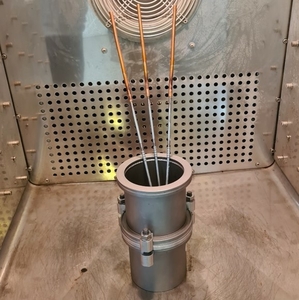
§7.9 Pressure Test
- The pressure test is performed at 5xPS for 1 minute
- Medium oil
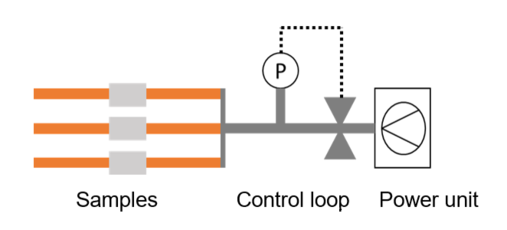
§7.10 Vacuum Test
- The test samples are subjected to the test to confirm that they are able to withstand a vacuum with an absolute pressure of 6.5 kPa for 1 h without leakage.
- For this purpose, the pressure is monitored and it is checked whether the pressure increase Δp after 1 h is less than 0.2 kPa. The effect of the temperature change on the pressure is taken into account.
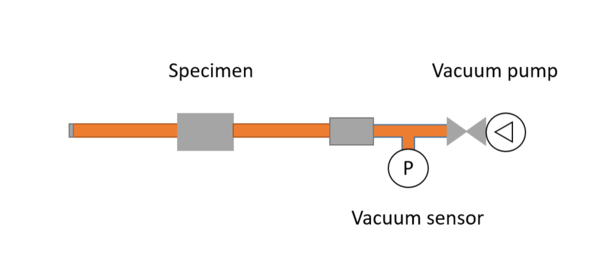
§7.11 Compatibility Test
-
Investigation into the chemical compatibility of the materials
-
Aging for 336 h at 50 °C in refrigerant-oil atmosphere (for elastomer materials)
-
Aging for 1000 h at 50 °C in refrigerant-oil atmosphere (for thermoplastic materials)
-
Determination of mass, volume and hardness before and after aging
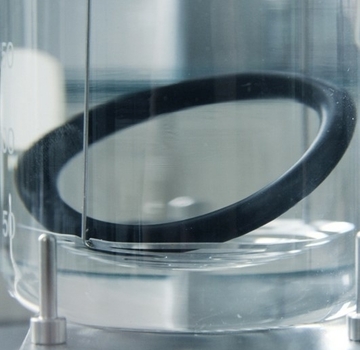
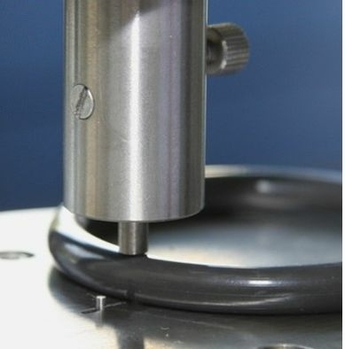
§7.12 Fatigue Test
-
Fatigue test, 250.000 Pressure cycles at max. 50 changes per minute
-
Test range between test pressure PS and atmospheric pressure, test medium: water
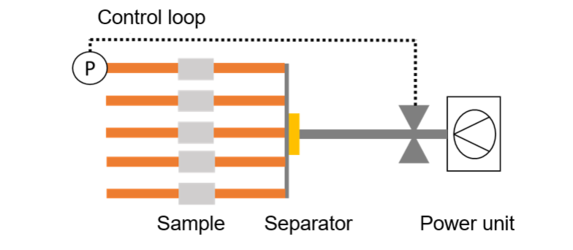
Your Request
Further Projects
Software for technical building equipment
Design cooling load and energetic annual simulation (VDI 2078, VDI 6007, VDI 6020)
Hydrogen and methane testing field at the ILK
Simultaneously pressures up to 1,000 bar, temperatures down to –253°C




















